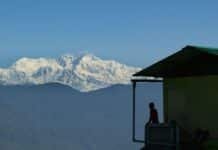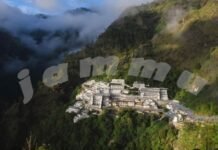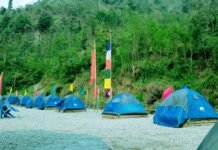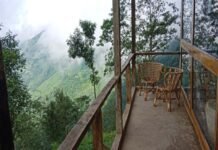tourist places of jammu and kashmir
Places To Visit In Srinagar
Srinagar,often referred to as the “Crown Jewel of Kashmir“, is an enchanting destination in India known for its breathtaking natural beauty, rich culture and serene landscape. This article will take you on a virtual tour through the mesmerizing beauty of Srinagar, providing insights into its picturesque landscapes, cultural treasures and travel experiences that make it a paradise on earth.
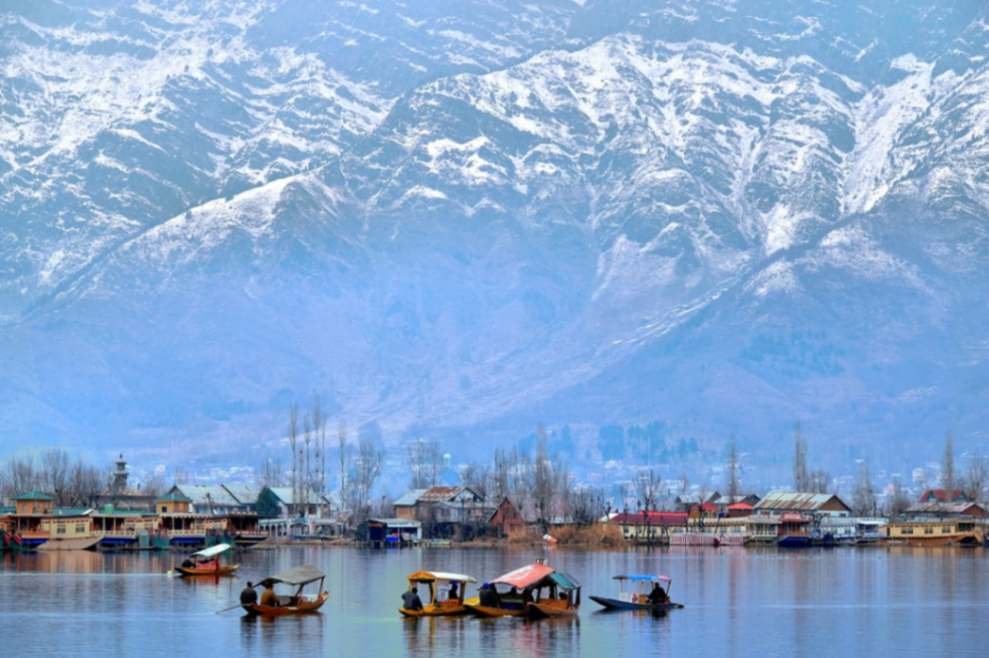
A Glimpse of Srinagar History
Srinagar is the heart of Kashmir Valley. The height of this city is 1730 meters spread over 38 square kilometers on both banks of the river Jhelum. Dal and Nagin Lake, along with sugarcane trees add to the beauty. Jahangir came to Srinagar and was impressed by the extraordinary beauty of Kashmir and said that if there is anything on earth called heaven, it is here.
Emperor Ashoka, along with his daughter Charumati, came here in the third century BC. Charumati was impressed by the beautiful beauty of nature on the shores of Dal Lake. The emperor built a Buddhist monastery here at the request of his daughter. Srinagar is named for its beautiful scenery. According to different opinion, the name of the city changed from ancient Suryanagar to Srinagar. Hiuen Sapta came to Kashmir in 631 AD. The founder of modern Srinagar was Pravarasena II. One of the Hindu kings was Lalitaditya Muktapada. Ended in 1339.
Hinduism Muslim rule over Kashmir. Since then, Muslims are the majority in Kashmir. Mughal emperor Akbar took possession of Kashmir. He built mosques and gardens. In 1819, Sikh Maharaja Ranjit Singh occupied Kashmir. In 1846, through the Amritsar Treaty with the British, the rule of Kashmir came to the hands of the Dogras. Kashmir became part of independent India in 1947.
Today’s Kashmir is a bloody mess. The gunfire of extremists. Indian army attack. Hundreds of innocent people died. Still, thousands of tourists are attracted by the heavenly Kashmir. Srinagar is the life of Kashmir. Rajatarangini by Kavi Kalhan, Abul Fazal’s narrative describes the city of Srinagar.
Srinagar has unique importance not only as a tourist center but also as a commercial center. In the distant past, traders from Central Asia used to come here to do business. Srinagar is the main trading center of Kashmir’s timber, silk and wool industries. The shawls, carpets and walnut wood carvings here are world famous. The Government Sericulture Center near Srinagar is one of the largest establishments in Asia.
A Glimpse of the Geography of Srinagar
Jewel of Kashmir Valley: Located in the heart of the Kashmir valley, Srinagar is the summer capital of Jammu and Kashmir. Surrounded by the majestic Himalayas, the city is blessed with stunning scenery, which includes snow-capped peaks and green valleys.
Dal Lake – Iconic Attraction: One of the iconic attractions of Srinagar is the Dal Lake, often referred to as the “jewel in the crown of Kashmir”. This huge, mirror-like lake is a hub of activity with houseboats, shikaras and floating gardens. Gagribal, Lakut Dal, Bara Lake – 6 km long and 3 km wide Dal Lake has been formed with these three reservoirs. Dal Lake includes Nagin Lake. Rows of willow trees border the lake, with the famous Chinar trees in between. White horn reflection in clear water, slow moving hunters.
The city of Srinagar is growing on the banks of Dal. Shankaracharya on the northern side of Dal, Hari Parbat in Pube. Shikara ride on Dal Lake Srinagar experience is amazing. When the Mughal emperors came here, they built gardens one by one on the banks of the lake, mixing the colors of their imagination.
Known as the Mughal Gardens, the lake is dotted with small islands. Cultivation is done here, people live here. People’s life, business and trade are around this Dal Lake. Various types of houseboats, shikaras roam in the water of the lake. Nagin Lake is at the foot of the Jabarwa Hills, 8 km east of the city.
Houseboats are one of the attractions of Srinagar’s lakes. Most houseboats are pulses Lakei. A houseboat is 80 to 100 feet long, 10 to 20 feet wide. Floating residence. There are bedroom, living room, balcony, dining room, bathroom. Furnishings of houseboats according to quality, amenities. The owner of the boat lives in the boat adjacent to the houseboat.Houseboats include shikaras, which are small boats for transportation.
These shikaras are floating from boat to boat with different kinds of pashara, flowers, market stalls, vegetables, food. The houseboats here have a name. Like New Shimla, Lake Palace, White House, Little Sea Flower, Green View, Chinar, Maharaja Palace, Mount View,Mother India, Golden Apple, New Life, Mughal House, Morning Star, Hero, More a lot.
Hunting Rides – A Romantic Escape: Embark on a romantic Shikara Yatra at Dal Lake at sunset. Let the gentle waves and serenity of the lake create unforgettable memories.
Enchanted Sightseeing
Shankaracharya Temple : A spiritual oasis: Visit the hilltop Shankaracharya Temple and enjoy the panoramic view of Srinagar. This holy place is an architectural marvel and a serene place for meditation.This Shiva temple is located on the Takht-e-Sulaiman hill in the southeast of the city. This temple was built by Emperor Ashoka’s son Jhaluka in the third century BC.
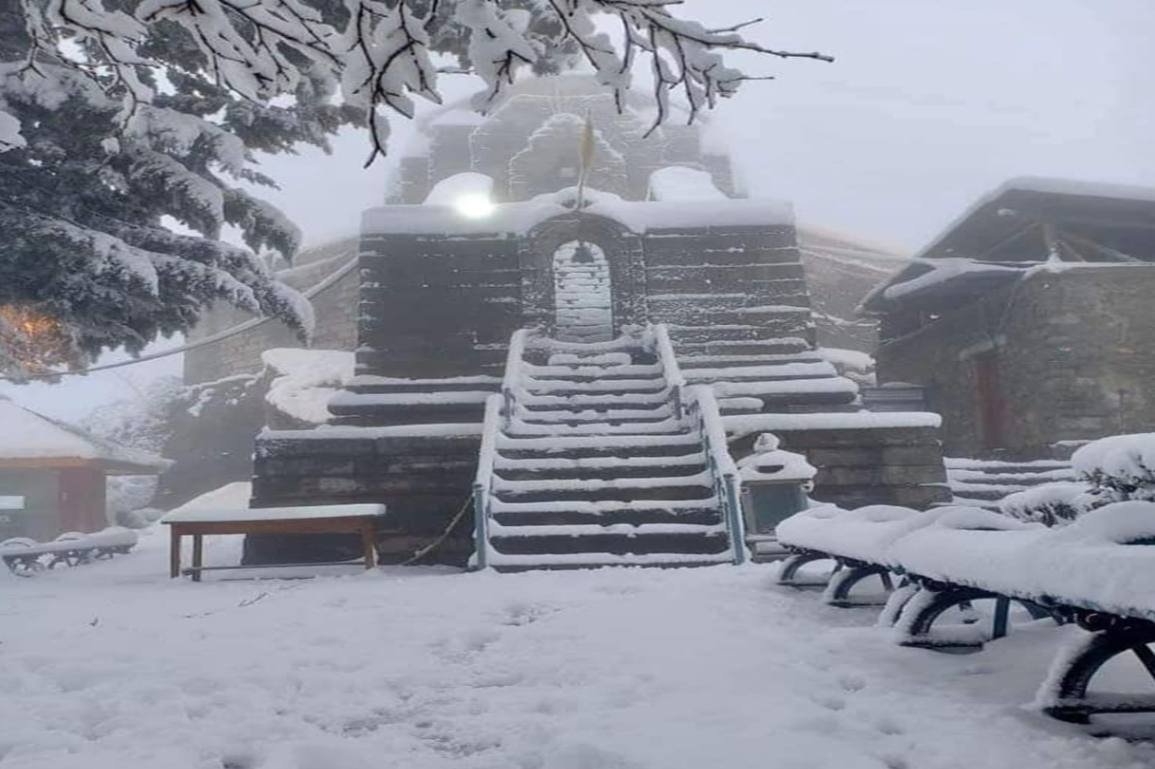
In ancient times the name was Gopatri. A thousand years ago, Dharmaguru Shankaracharya came to Kashmir on a tour of India to revive Hinduism and did penance at this temple. Hence the naming of this hill and temple. From the hill you can see the wonderful view of Srinagar city, flowing river Jhelum.
Mughal Garden from Shankaracharya Hill. The Mughal emperors were impressed by the exquisite beauty of Kashmir and built beautiful gardens on the lap of the hills. Notable Chasmeshahi, Nishat Bagh, Shalimar Bagh. Beautiful trees were brought from different parts of India to decorate the garden.
Mughal Gardens : A Testament of History: Srinagar’s Mughal Gardens are a testament to the city’s historical significance. These terraced gardens boast beautifully designed layouts, vibrant flower beds and cascading fountains.
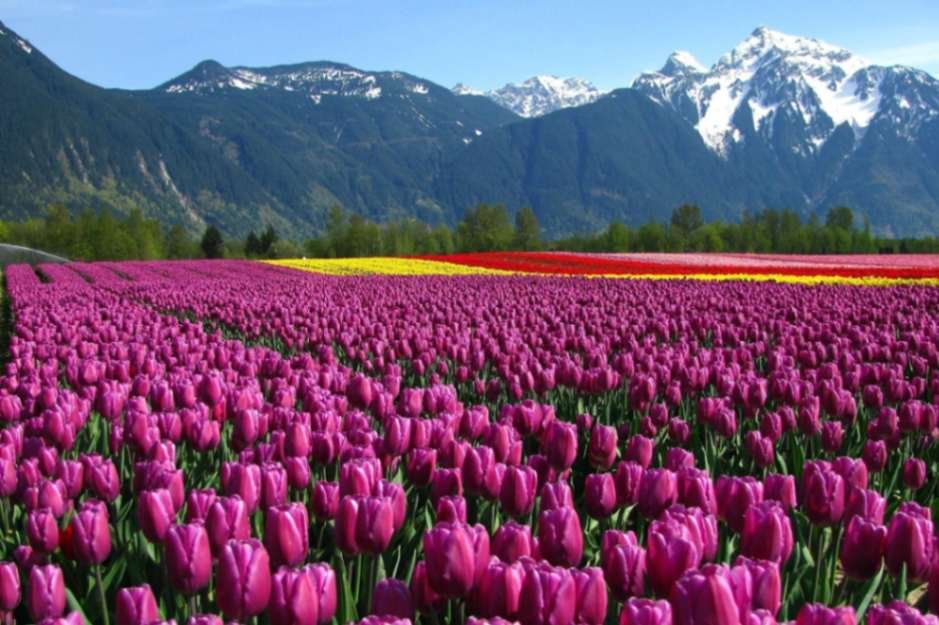
Chashmeshahi Jharna: A huge garden has been built around this fountain step by step. Emperor Jahangi started the work but Emperor Shahjahan completed this garden in 1632. Here there were Chinar, Jau and various kinds of flowering trees. Currently, the governor’s residence has been built here. Tourists can enter only one part subject to the permission of the tourism office.
Nishat Bagh : Garden of Delight: Explore the Nishat Bagh, a Persian-style garden and marvel at its manicured lawns, terraced flower beds and stunning views of Dal Lake.
Nishatbagh – This bagh is built in ten steps on the slopes of the hill on the banks of Dal Lake, 4 km from Chashmeshahi. Mughal period houses, Jafri’s work is worth seeing. A picture-perfect garden with apples, apricots, various roses, jau and sugarcane trees. Asaf Khan, the brother of Empress Nur Jahan, built this garden in 1633. Shalimar Garden is on the banks of the Dal, 3 km from Nishat Bagh. Emperor Jahangir is his
The garden was built in 1619 for Begum Nur Jahan. At 539 meters long and 182 meters wide, Shalimar Bagh is the largest and most beautiful of the Mughal gardens. Chinese seedlings were brought from Persia. That sugarcane tree gradually spread all over the Kashmir Valley. Numerous flowers and trees are beautiful. There are rows of fountains in the garden. The showers are open only on Sundays. From May to October, the Mughal court bursts with light and sound.
Hazratbal Masjid: This mosque is the holiest place for Muslims in Hazratbal village, west of Dal Lake. Opposite Nishatbagh is a huge dargah made of white stone. The reflection of this white stone architecture in the water of the lake is worth seeing. There is a fusion of Mughal and Kashmiri architecture here. There is a hair of Hazrat Muhammad in a glass container inside the mosque. This hair is very sacred to the Muslim community. Non-Muslims are forbidden to see this hairstyle. Many people participate in Friday prayers here.
Jumma Masjid: The largest mosque in Kashmir at Nowhata in old Srinagar. Sultan Sikandar built this mosque in 1400. This wooden mosque has 370 pillars. This mosque has been damaged by fire three times. The present mosque was rebuilt during the reign of Maharaja Pratap Singh. Ten thousand people can pray together here every Friday.
Badshah: Mausoleum on the bank of river Jhelum 4 km from the city. It looked like a mosque from a distance but it was actually a temple. Built during the reign of King Pravarasena II. This is the temple. Aminuddin, the most popular king of Kashmir, is buried here. Everyone knew Aminuddin as king.
Pari Mahal: This garden is located on the slopes of the hill at a distance of 5 minutes from Chashmeshahi. Dara Shiko, the son of Emperor Shah Jahan, built an astrology center in this Buddhist temple of the past. Dal Lake is visible from here. This garden is decorated with lights in the evening.
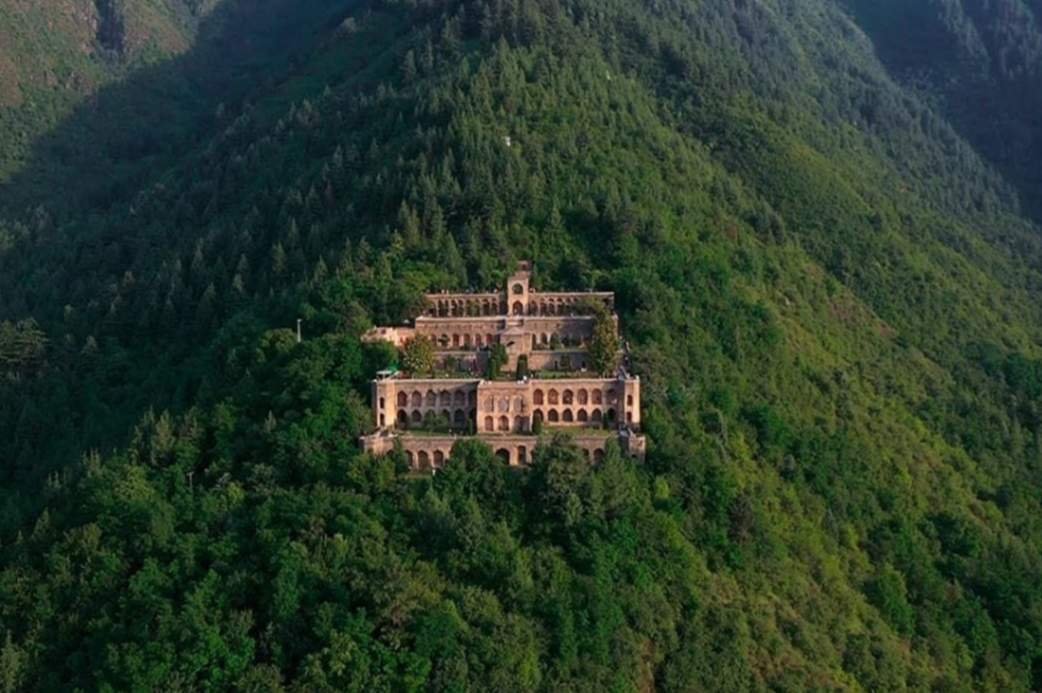
Hari Parbat Kella: This Mughal era fort at the top of Hari Parbat. In 1592-98, Emperor Akbar built a wall around the hill. Almost nothing remains of this fort, only memories remain. The Bexar was later rebuilt by the Mughals in the 18th century by an Afghan named Ata Muhammad Khan. This mountain is also sacred to Hindus. There is Sarika temple. To the south of the hill is Makhdoom Sahib. People of all religions travel here.
Adventure Awaits _ Trekking in the Himalayas
For adventure enthusiasts, Srinagar offers trekking opportunities in the neighboring Himalayas. Immerse yourself in the untouched wilderness and pristine beauty of this region.
Srinagar_ A Bustling Market, Old Bazaar Shopping
Navigate the bustling bazaars of Srinagar, where you can buy exquisite pashmina shawls, intricate handwoven carpets and ornate jewellery. Don’t forget to improve your bargaining skills!
Local Food Experience
Indulge your taste buds in the cuisine of Srinagar. Savor the aromatic flavors of Rogan Josh, Yakhni and the famous Wajwan Bhoj—a true gastronomic adventure.
where to stay in srinagar?
Dal Lake: Staying on a houseboat or floating hotel in Dal Lake is a unique experience that is cherished by many visitors to Srinagar. You can enjoy the clear water, natural scenery and taste of local life. Houseboats range from budget to luxury, so you can find one to suit your needs.
Gulmarg: If you are interested in winter sports like skiing and snowboarding, or if you want to experience the beauty of the snow-covered landscape, consider staying in Gulmarg. It is about an hour’s drive from Srinagar and offers a range of hotels and resorts.
Nishat and Shalimar Bagh: These areas are close to the famous Mughal Gardens and offer a tranquil atmosphere. Here you can find hotels and guesthouses with beautiful views of the gardens and Dal Lake.
Downtown Srinagar: The city center has a variety of hotels and guesthouses that cater to different budgets. Staying here provides easy access to local markets, restaurants and cultural attractions.
Pahalgam: If you plan to explore the surrounding areas including the stunning Lidar Valley, you can base yourself at Pahalgam, which is around 2-3 hours drive from Srinagar. There are several different lodging alternatives in this area.
Shankaracharya Hills: If you prefer a quieter, more secluded stay with panoramic views of Srinagar, consider hotels or guesthouses at Shankaracharya Hills.
Boulevard Road: This is another popular area along the banks of Dal Lake with various hotels, houseboats and restaurants. It is a good choice for those who want to be close to the water and enjoy the natural beauty.
When choosing where to stay in Srinagar, consider your budget, the type of experience you want (eg, houseboat, city center, or mountain retreat) and the season of your trip. Be sure to read reviews and check out the amenities offered by different accommodations to find the one that best suits your needs and preferences.
Best months to visit Srinagar India
Spring (March to May): Spring is a pleasant time to visit Srinagar. The climate is pleasant with temperatures ranging from 7°C to 15°C (45°F to 59°F). The famous Mughal Gardens are in full bloom during this period and the Dal Lake looks picturesque with its floating gardens.
Summer (June to August): Although summer in Srinagar can be warmer than other times of the year, it is still a popular time to visit. Temperatures can range from 15°C to 30°C (59°F to 86°F). The high altitude in and around Srinagar offers a cool escape and is an ideal time for outdoor activities like trekking and golfing.
Autumn (September to November): Autumn is considered the best time to visit Srinagar. The weather is pleasant, with temperatures ranging from 7°C to 20°C (45°F to 68°F). The leaves turn golden, making the landscape incredibly beautiful. This is a great time to enjoy outdoor activities and local cuisine.
Winter (December to February): If you are a snow lover and want to enjoy the winter wonderland, visit Srinagar during the winter months. The city is covered in snow, and you can indulge in activities like skiing and snowboarding in nearby Gulmarg. Be prepared for very cold temperatures, -2°C to 7°C (28°F to 45°F), so dress warmly.
Conclusion
In conclusion, Srinagar in India is a true paradise on earth. Its natural beauty, rich cultural heritage and warm hospitality make it a must-see destination for travelers seeking a unique and enchanting experience. Whether you explore the Mughal Gardens, savor the local cuisine or embark on a Shikara Yatra, Srinagar promises memories that will last a lifetime.
FAQs
What is the best time to visit Srinagar?
Autumn (September to November): Autumn is considered the best time to visit Srinagar. The weather is pleasant, with temperatures ranging from 7°C to 20°C (45°F to 68°F). The leaves turn golden, making the landscape incredibly beautiful. This is a great time to enjoy outdoor activities and local cuisine.
Are houseboats a popular accommodation option in Srinagar?
Yes, staying on a houseboat in Dal Lake is a unique and popular accommodation option in Srinagar, offering a truly immersive experience.
Is it safe to travel to Srinagar considering the political situation?
Srinagar has experienced periods of unrest, so it is essential to check current conditions and travel advisories before planning your trip.
Are there some must try foods in Srinagar?
Don’t miss dishes like Rogan Josh, Yakhni and the famous Wajwan Bhoj for a taste of authentic Kashmiri food.
Can I visit Srinagar for winter sports and activities?
Yes, Srinagar and its surrounding areas offer winter sports like skiing and snowboarding during the winter months.

